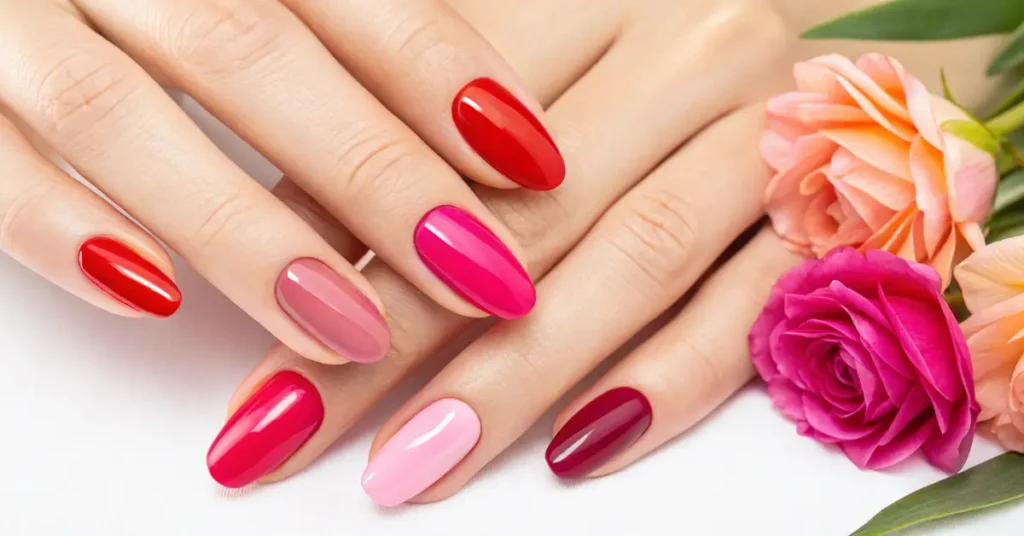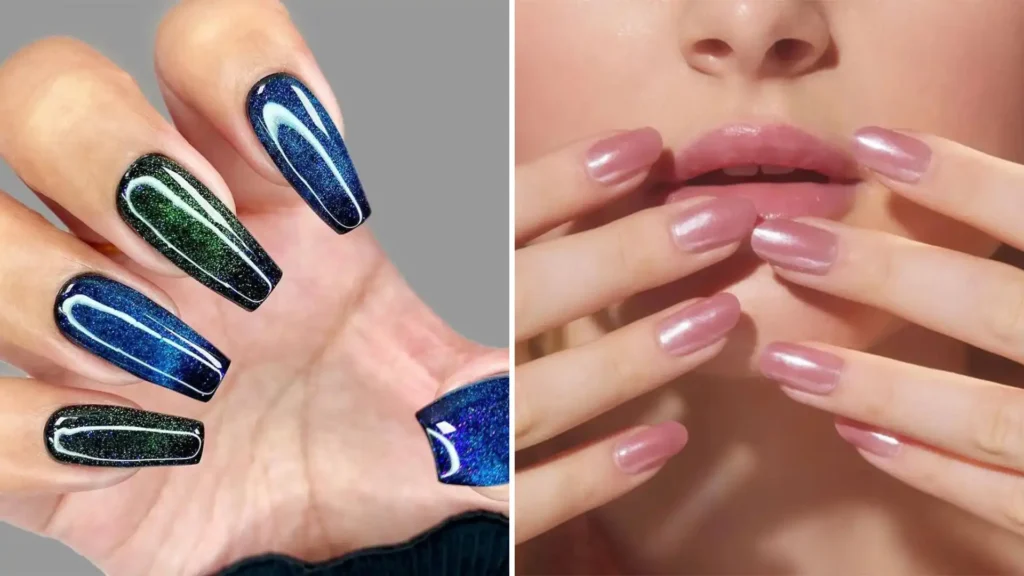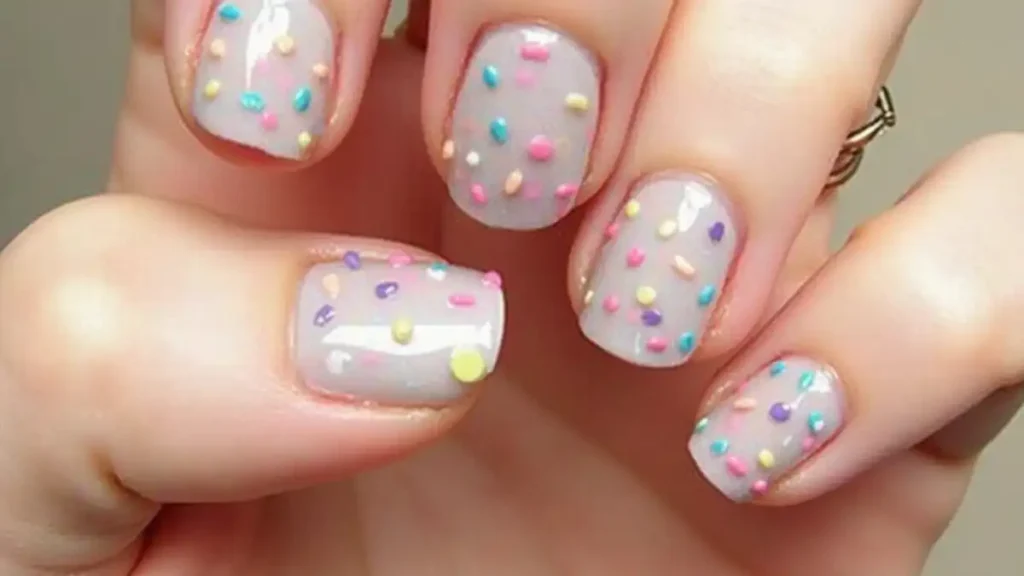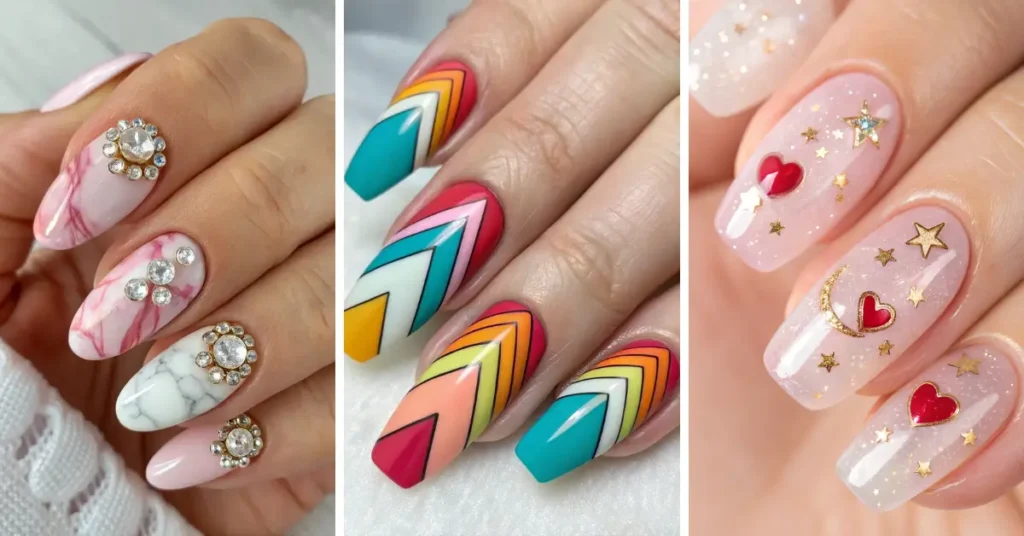What’s the purpose of getting acrylic nails in the first place if you can’t paint them over? In fact, painting fake nails with nail polish is so simple and enjoyable that you’ll want to switch up the hues and patterns every day.
Having artificial nails makes your hands seem amazing, but one of the questions that arise is whether you can paint over them or not. To protect their natural nails, no one gets artificial nails. The major goal is to flaunt and make the hands and nails seem beautiful.
In order to answer the question, it is completely safe to paint artificial nails in order to enhance their beauty. Nonetheless, you should be familiar with painting techniques since When applied over natural nails, the procedure is distinct. To achieve the finest results, just be sure to use acrylic-friendly paint.
How To Apply Paint Over Acrylic Nails
Although painting acrylic nails is different from painting regular nails, you must follow the right procedures to avoid mistakes and show off your beautiful nails.
1- Remove the old nail paint
You must completely remove any remaining old nail paint from your acrylic nails before applying new nail paint. Verify there are no remnants even if the nail color has gone off. To get rid of the old nail polish, use a top-notch remover.

Make sure the nail polish remover is acetone-free in this situation. Most nail polish removers involve acetone, so you cannot apply them over your artificial nails. That is because acetone may dissolve acrylic, and the nails might start peeling out along with the nail polish.
Acetone is typically used to remove artificial nails, however, it should never be used when acrylic nails are simply covered with nail polish. Therefore remember that to prevent harm to your acrylic nails.
2- Clean Your Nails and Dry Them
Clean your hands carefully with wipes until all traces of the previous nail polish have been totally removed. You can use baby wipes. Avoid using any harsh chemicals or nail care products with chemicals in them as this may increase the likelihood that the acrylic foundation may dissolve.
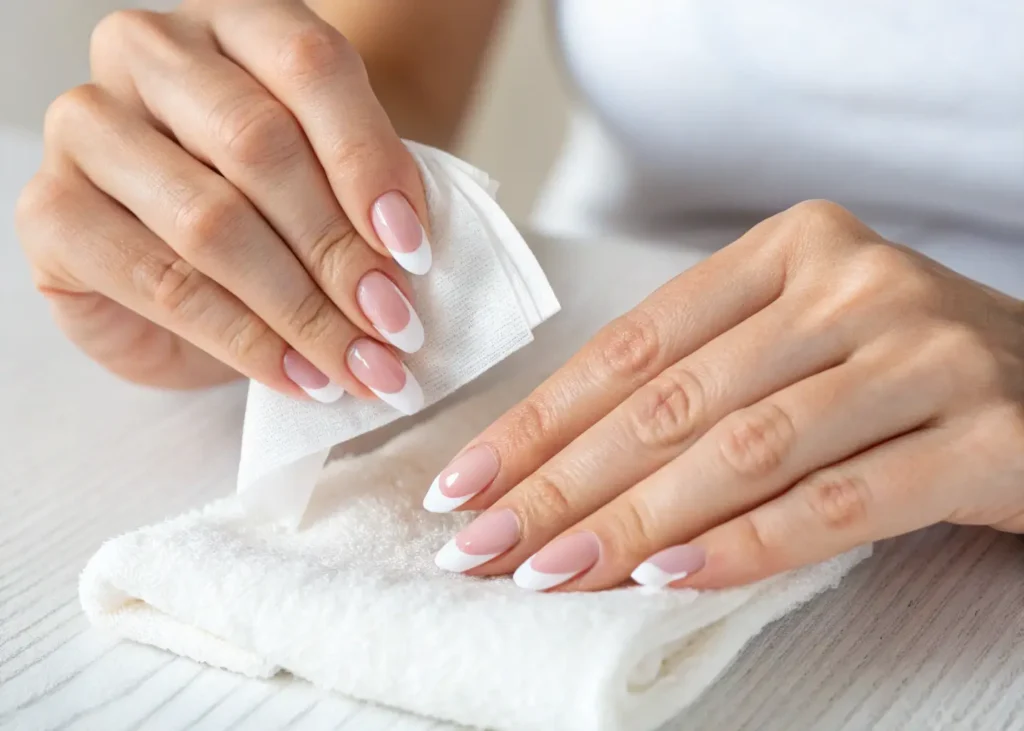
You can also wash and dry your hands, but avoid soaking them in water for too long. Although it may seem unnecessary, this step is crucial to do since any moisture that remains between your new acrylic nail polish and your nails may cause an infection.
3- Apply base coat before nail paint
When painting new nails over artificial nails, it is advised to apply at least one or more layers of base coat. Obtain a base coat that is tailor-made for acrylic or acrylic nails pleasant as they make direct touch with the acrylic nails.
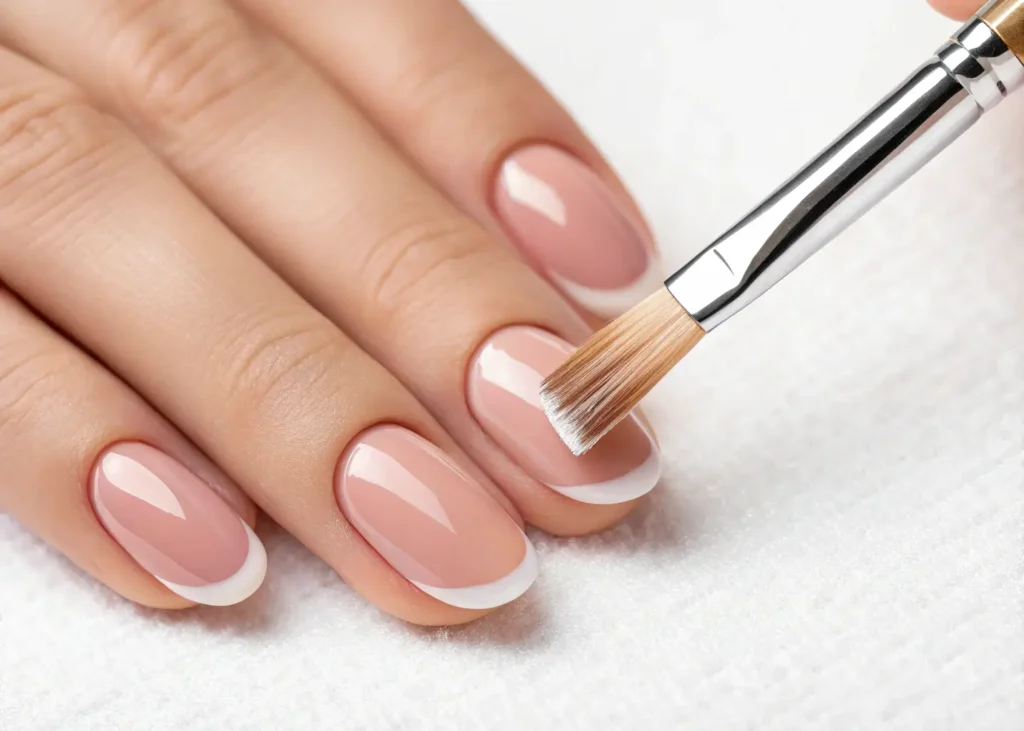
When dealing with artificial nails, a base coat is necessary even though it is typically skipped when painting over real nails. This process makes sure that when nail paint is applied directly on artificial nails, they won’t become stained. The base coat also lengthens the durability of artificial nails and nail polish.
4- Apply Nail Polish over Acrylic Nails
As the base coat dries, you may start applying your nail paint. For the appropriate color intensity, apply two or three coats. Consistently move the brush in the same direction. Before applying the second coat, ensure the first one is completely dry.

You may be a bit creative and apply the design to your nails in addition to using nail polish. Put them over your artificial nails in the hue of your choice—bright Fuschia, tomato red, or nude. The hands seem lovely when they have eye-catching patterns. Create something unique, or if you’d like, make it straightforward. As with your natural nails, feel free to express yourself.
Regular nail polish can be used, however, it is advised against using gel nail polish on acrylic nails since it could harm the acrylic foundation
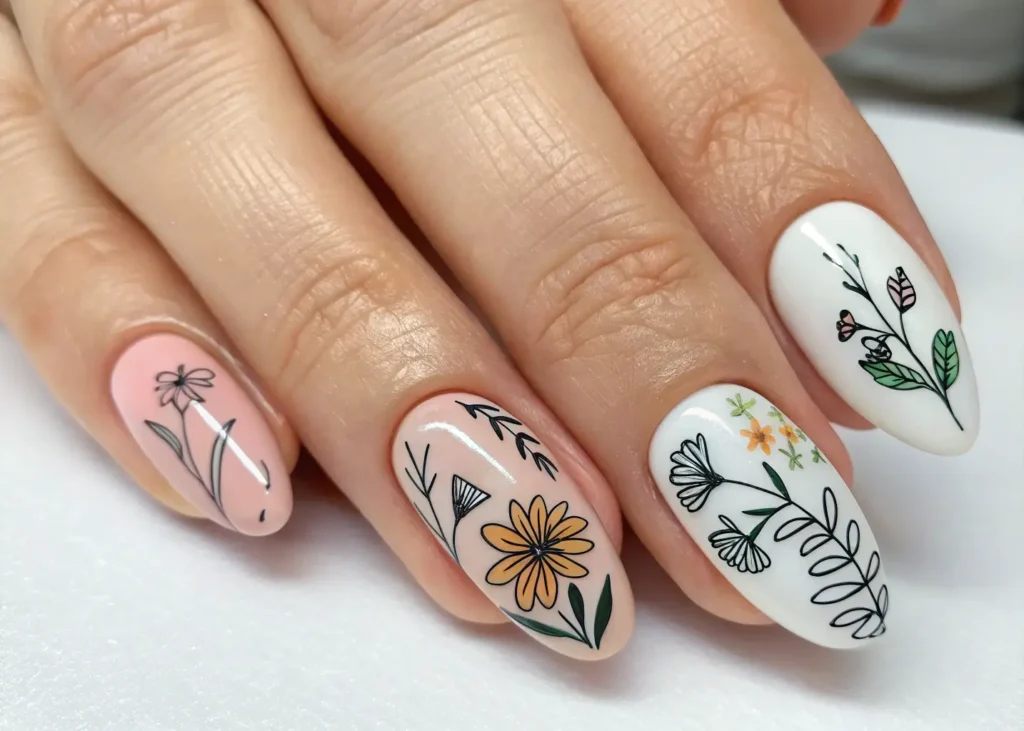
5- Finish with a Top Coat for Extra Sheen
Once you are done with nail polish, it’s time to add some extra luster to the nails with a top coat. After the nail paint is dried fully, add a top coat, or everything will get sloppy.
The top coat enhances nails’ beauty and boosts nail polish’s longevity. Moreover, it stops acrylics from chipping.
Discover more trends:
Follow us on: Pinterest | Facebook

